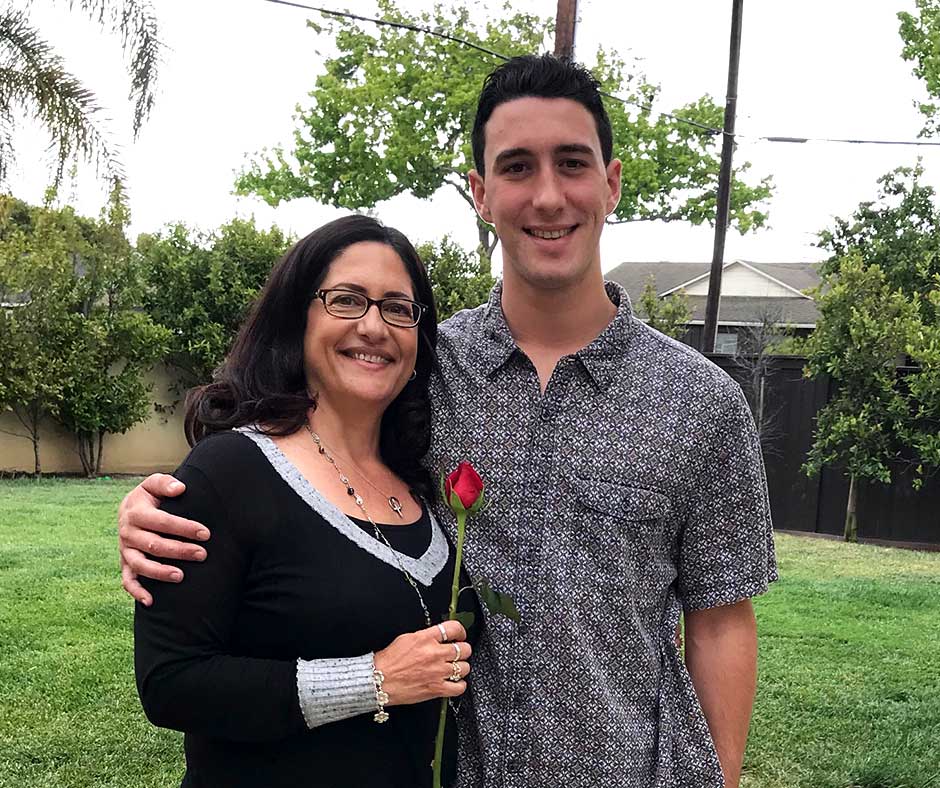Why is there always so much emphasis on age-specific addiction treatment and sober living? Does it really make that much of a difference when choosing a recovery program, especially when there is such a large number of treatment centers and sober living environments that are neither gender nor age-specific?
Experience has shown that yes, it does matter. Higher rates of success are seen in programs where individuals are given a comfortable, matching space, to get sober with their own peer and gender groups. It is important for individuals in early recovery to establish relationships and receive understanding and support from like-minded peers in early recovery. Same-gendered and age-specific programs allow individuals to have this experience.
Age-Specific Addiction Treatment
One of the most important factors with recovery programs is whether or not participants will actually stay sober long after they leave the program. In order for that individual to be successful and have the best chance at achieving long-term sobriety, they must build a sober life and develop healthy relationships that are conducive to sobriety. Choosing an age-specific recovery program for drug and alcohol addiction is one of the ways to help ensure the individual will be successful. An age-specific sober living only provides housing for individuals who fall into a specific age group. For example, men ages 18-24, or substance abuse programs specific to older adults. It is critical for individuals in recovery to establish relationships with peers in the same age group.
Age-specific treatment programs allow individuals to feel comfortable and understood by their peers. A teen or young adult may feel uncomfortable discussing their issues with a fellow senior resident. A senior resident would most likely find it uncomfortable discussing their issues in a room full of teens. The other big factor here is that an 18-year-old will have a difficult time relating to the struggles of older adults. This does not mean that either has less of a chance of getting sober. However, in order for a cohesive community to develop, it is important that the struggles and solutions that participants face are shared. It is crucial that the individual feel understood and supported by like-minded peers during the recovery process.
If an individual is enrolled in an age-specific recovery program, they have a better chance at developing and maintaining lasting relationships. This will greatly benefit them throughout their journey in recovery. The goal of any long-term program is not just for participants to stay sober inside of the program. – it is to allow them to develop a strong foundation for a long-lasting recovery. Building these relationships throughout the recovery process lays a foundation that will carry long after the individual has left the program.
Gender-Specific Addiction Treatment
Sober living homes provide a place for addicts to learn about themselves and their disease in a safe environment. Most recovery programs are same-gendered. This is extremely important in the recovery process because it allows for the focus to remain on recovery, building healthy friendships, and decreases distractions and poor decision-making. Many addicts have experienced conflicted relationships with members of the opposite sex. Most substance abuse recovery programs strongly suggest that their residents refrain from engaging in a romantic relationship until achieving at least one year of continuous sobriety. Same-gendered sober living homes offer the best chance at success because they remove the possibility and temptation of unhealthy relationships developing within the program, something that can strongly impact someone’s opportunity at getting sober in a negative way.
The Importance of a Recovery Community in Early Sobriety
Addicts often feel shame about their substance use – this can lead to intense secrecy and isolation. It isn’t uncommon for addicts to struggle with drug or alcohol abuse without their closest friends and family members ever truly understanding the full extent of the problem. While isolation in active substance addiction is common, isolation in sobriety can be extremely detrimental and lead to relapse. Sober living homes offer an opportunity for an individual struggling with addiction to be supported and encouraged throughout the addiction recovery process. A recovery community is essential for achieving long-term sobriety. Early recovery is emotionally and physically challenging. Making the decision to get sober, and stay sober is no easy feat. There will be bad days. A recovery community provides the necessary encouragement for an individual to overcome challenges that may arise during early sobriety.
Having a group that relates to age-specific issues allows an individual to feel more a part of and to remove the allure of isolation. If one member of the community is going through or struggling with something, another has already worked through that same issue and is able to provide support and guidance through the process.
What Makes a Sober Living Home Effective?
While the success rate of the sober living home also depends heavily upon the willingness of the individual, there are principles of effective drug abuse treatment that must be considered when choosing a treatment program. When trying to determine what makes a halfway house effective, here are some important factors to consider:
- Recovery Community
- Structure
- Same-gender recovery program
- Age-specific recovery program
- Peer Accountability
- Family therapy and involvement
- Safety and Success
- Competent and compassionate staff
Don’t Set Yourself Up For Failure When Seeking a Substance Abuse Treatment Program
Putting a loved one in a position to succeed gives them the best possible chance at staying sober. A community of individuals that share similar life experiences and gender creates a positive environment that is conducive to building the foundation necessary for long-term recovery.
Last Updated on September 11, 2024

